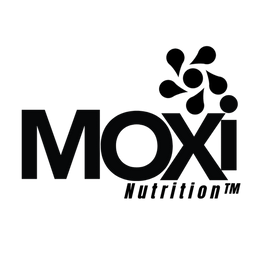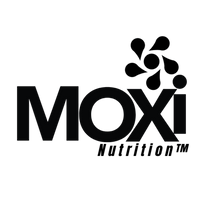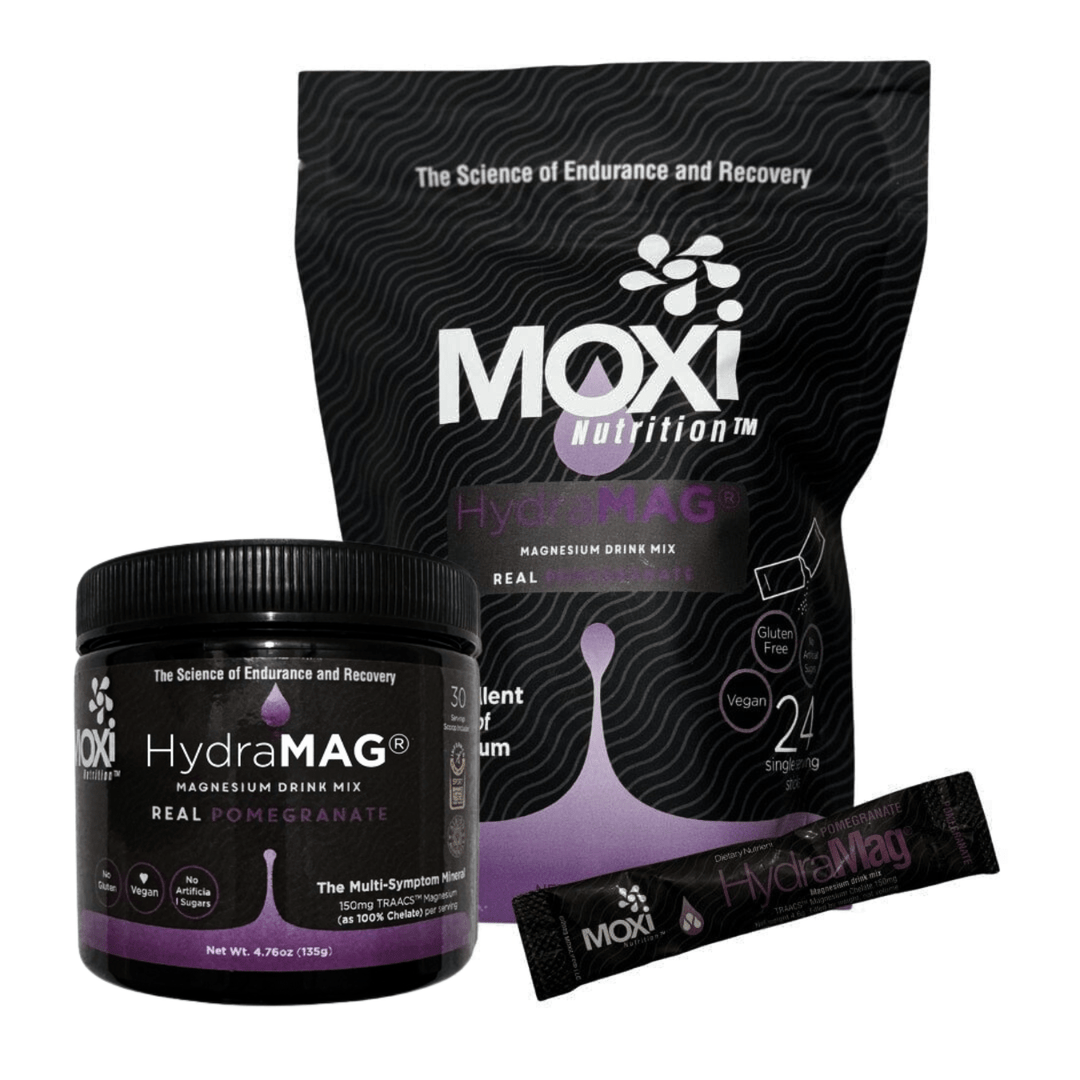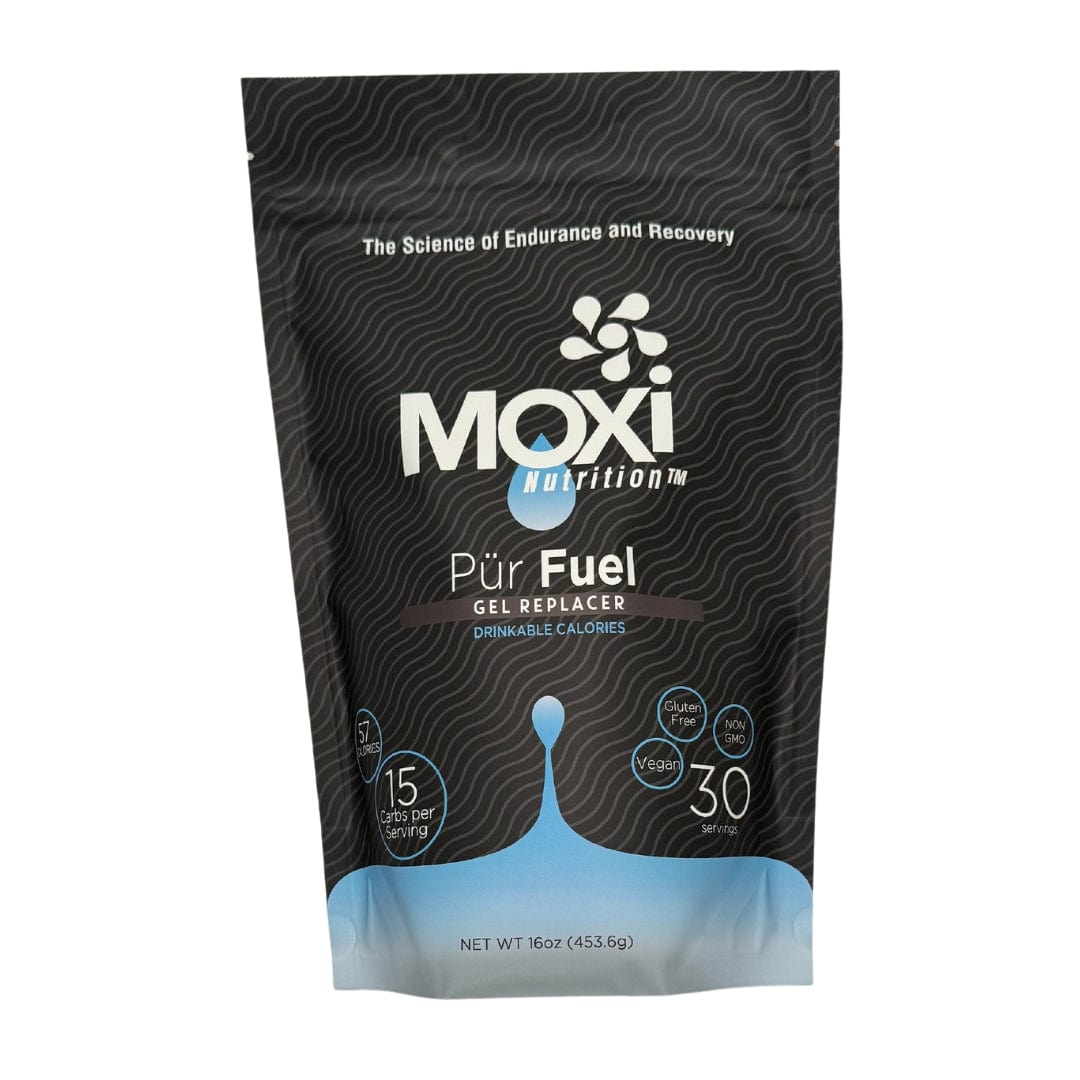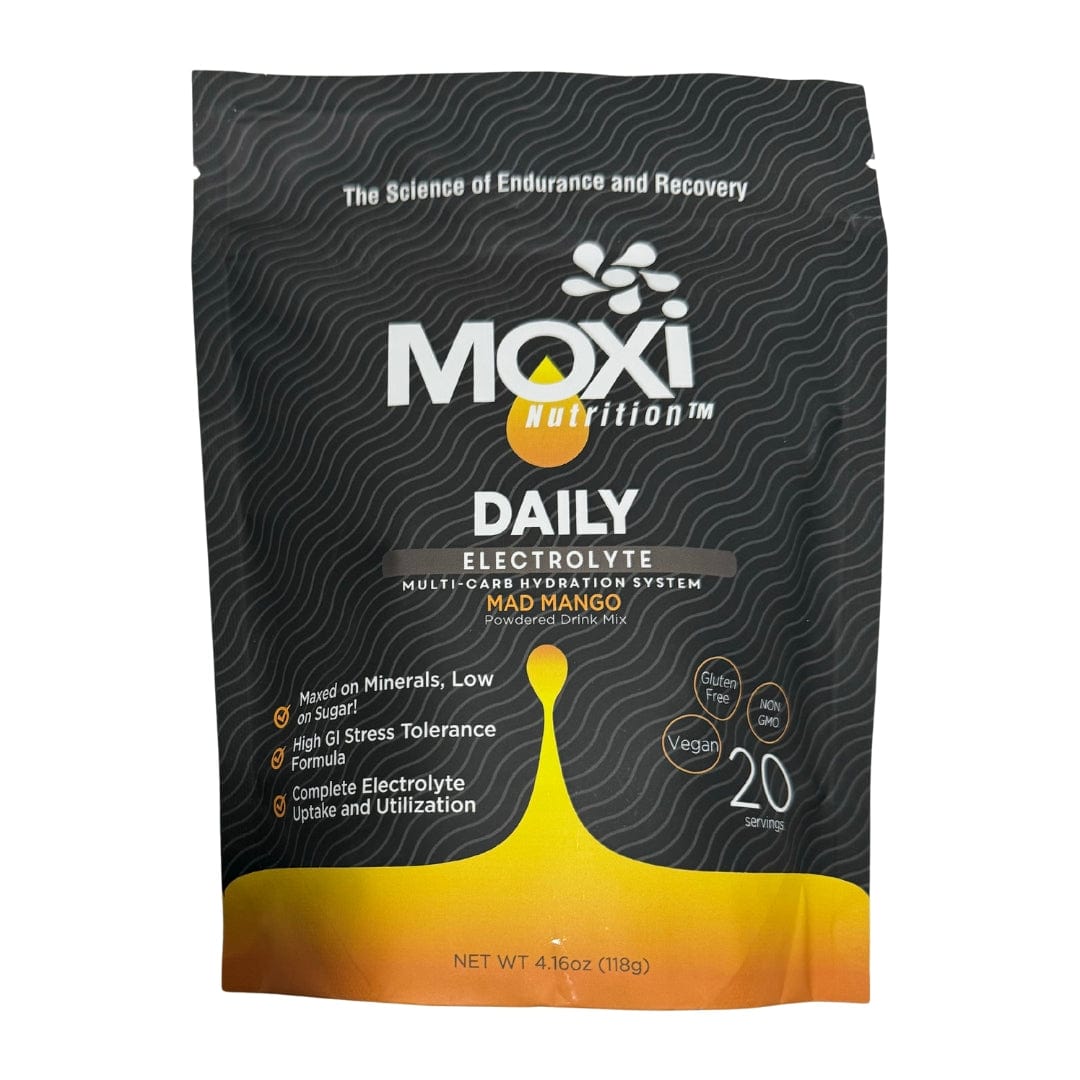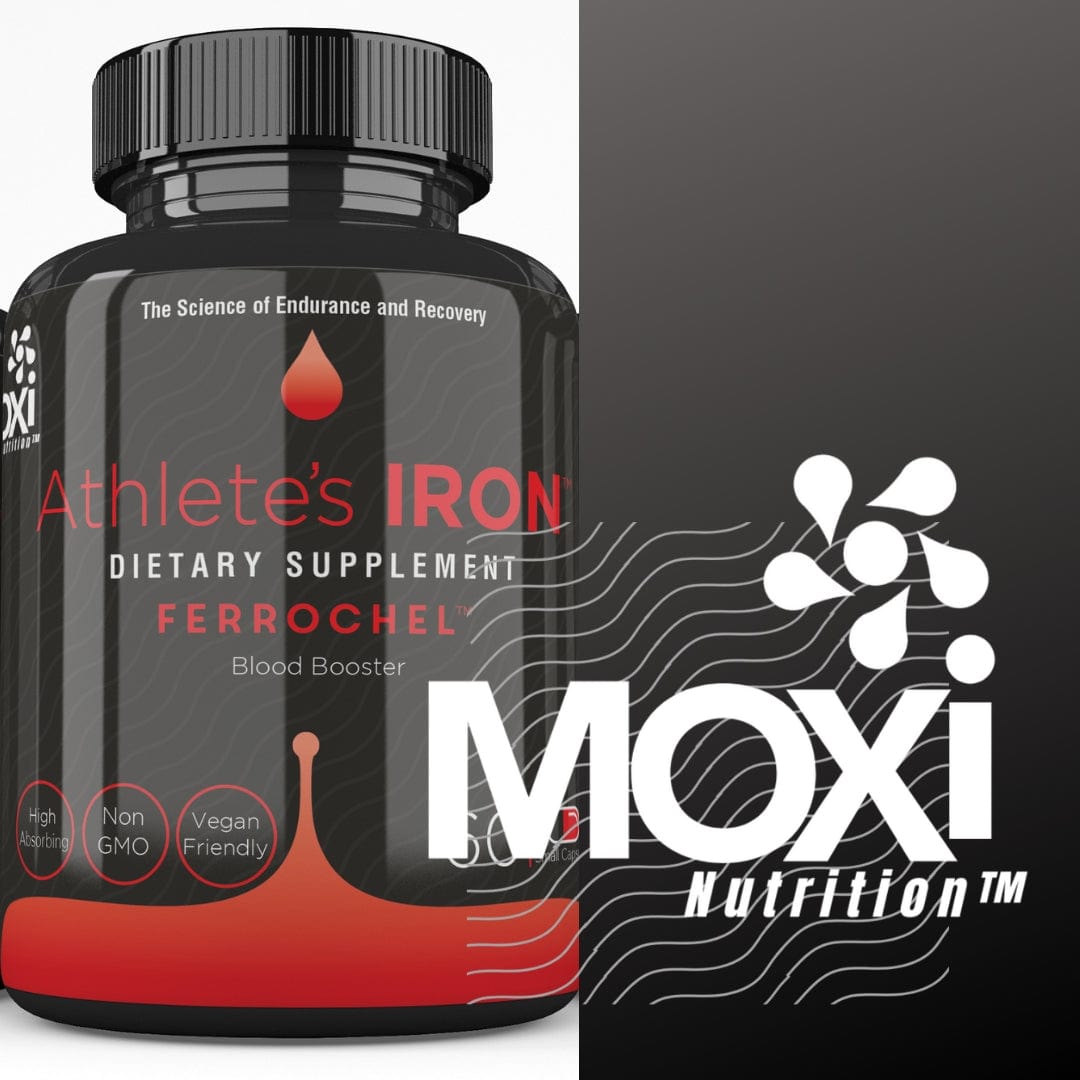Why are Minerals Important for Endurance Athletes?
As a reminder; minerals are only derived externally, meaning our bodies cannot make them. Minerals can only be obtained from our food and nutrition.

Minerals are ESSENTIAL to life; as are vitamins, proteins, fats & carbohydrates.
The differentiation with minerals and certain vitamins is that our bodies cannot make them and; for a majority of inorganic minerals our bodies need to convert them into recognizable forms to be absored.
Each mineral has its own characteristic of absorption and some are naturally absorbed better than others.
For instance heme iron(derived from animals) has the highest absorption characteristics since it is; by chemical structure, an ‘organic’ mineral. It doesn’t require additional internal restructuring.
Fruits and veggies and animal sources of foods, are the main sources of minerals. If you are cooking from an iron skillet this also helps increase the amount of iron ingested.
Since endurance athletes are in higher metabolic demand for additional and increased levels of nutrients, it is imperative to evaluate and target deficiencies and keep all minerals at optimal levels and determine the unique balance to increased performance.
The key take away is that the body always wants balance and to get balance it will steal from Peter to pay Paul...Homeostasis is the puzzle unique to each athlete.

Below are a few areas of interest to self-check on how your body may be symptomatic of deficiencies and where you may need to focus your nutritional attention.
Hormones-Magnesium has a positive impact on testosterone production and cortisol regulation. Optimum magnesium intake increases levels of growth hormone and IGF-1, all needed for optimum increases in muscle growth. Magnesium is also critical for thyroid function and the conversion of T4 to T3.
Zinc has an impact on muscle growth due to its stimulation of testosterone production, which leads to an anabolic effect – muscle growth. Of course, phosphorus is important for ATP formation.
The fluctuation of hormones, namely Estrogen during a womans cycle affects the body demand for Magnesium. The natural regulation is for the body to draw from the muscle and dump what is needed into the blood stream. This regulation creates the internal muscle imbalance of calcium and magnesium. This imbalance may be the causal effect of cramping.Signs of deficiency are loss of sleep; waking at early morning hours, irritability, weight gains/losses.
Recovery-All three energy systems (immediate, glycolytic and oxidative) are involved in the bioenergetics of exercise, with each contributing according to the intensity and duration of the performance. The better the recovery nutrition program, the better the physiological status will be for the person embarking on the next physical event.

Minerals play a number of key roles in generating and utilizing energy. Magnesium, calcium, zinc, and phosphorus are key players in glycogen formation and subsequent utilization. These minerals provide the actual energy needed for physical performance and muscle contraction as well as relaxation (preparing for the next contraction). Magnesium plays the largest role of all the micronutrients in the body’s energy cycle and is the most useful in the refueling segment of recovery nutrition.
Ionic homeostasis is then re-established by pumping sodium out of the cell and potassium in. An excess loss of sodium or potassium can lead to muscle cramps.
Rehydration- What do sodium and potassium have to do with exercise? They play roles in muscle contraction and balance fluids inside the cells. To initiate muscle contraction, nerves release acetylcholine which binds to acetylcholine receptors. This chemical reaction in turn causes an influx of sodium ions that depolarize the cell membrane and releases calcium. The Calcium phosphorylates various enzymes that phosphorylates the myosin heads, enabling the muscle to contract.
To repolarize the membrane after a short time, potassium channels open up allowing potassium to flow thereby repolarizing the membrane.
The Sodium potassium pump which controls the cellular osmolality and influx/efflux of Na and K, is regulated by the intercellular magnesium levels. These 3 work in harmony and require homeostasis for elevated functionality.The ATP energy required for the regulatory mechanisms to function are reliant on Magnesium.
Another nutrient, choline is discovered to be another component of the osmotic balance of the cell wall supporting the integrity and ability of the sodium potassium pump performance. This nutrient will be addressed separately in future blogs.
Ketosis -Ketosis is a natural metabolic process of the body. This occurs when the glycogen levels are used up during training and or racing and the body begins to utilize fats stores. Athletes diving into the body hacking of ketosis need to replenish electrolytes to help maintain a cellular balance. Electrolytes are minerals found in the body that are the electrical signaling molecules used for maintaining functions within the body such as regulating your heartbeat and allowing muscles to contract for functional movement.
The most relevant electrolytes in this context are sodium, potassium, magnesium, chloride, and calcium.
Jeremy Partl M.S. provides a concise explanation of what occurs and why it is important to increase your electrolytes.
“When you shift to a ketogenic diet, your body tends to release more water as opposed to storing it.
The reason being that there is less insulin produced as a result of the composition of the diet. This leads to hormonal signals via the renin–angiotensin–aldosterone system, signaling your kidneys to excrete MORE water and retain LESS.
Along with increased excretion of water, the minerals found in that water are lost at a higher rate (1,2). In the end, you can quickly become depleted of the key electrolytes that your body needs to function properly.”
Oxidative stress- Free radicals are unstable toxic byproducts of oxygen metabolism and their main targets are polyunsaturated fatty acids (PUFAs), the primary components of cell membranes. While they cause damage to PUFAs through a process called lipid peroxidation, free radicals can also cause extensive damage to the body’s cells and tissues through the process of oxidative stress. Substantial evidence has been found to implicate oxygen free radicals as agents of inflammation and tissue destruction in many painful disorders.
Free radicals are causative factors behind a variety of diseases such as ischemic heart disease, atherosclerosis, cataracts, arthritis, retinopathy, emphysema, and impaired DNA leading to cancer. Free radicals can make it more difficult to fight off infection. Genes in which DNA is damaged by free radicals make ill formed proteins, which cause a decline in cell function, a decline in the ability to produce energy, increased incidence of disease, and finally aging and death. Certain substances known as antioxidants, such as vitamins and minerals, help fight against free radicals.
Zinc, Manganese, Selenium are key oxidative minerals
In summary, the body cannot function at elevated levels without the proper homeostasis of nutrients. Each individual is unique and metabolizes each component differently however, the known facts are, minerals are essential for elevated & efficient metabolism and chemical equilibrium.
Minerals for Athletes are a Must have in your Tool kit.
References:
(AA-Z. Suntrees and Ed M.K. Lui: Chemico-Biological Interactions, Vol. 162 Iss.1:2006)
(AA-Keen, C., et al. Present Knowledge in Nutrition Ed.7, 1996 pp334-341)
(AA- Baraboi, VA Shestakova, EN. Ukr Biokhim Zn [1999] 2004 Jan-Feb;76[1]:23-32)
